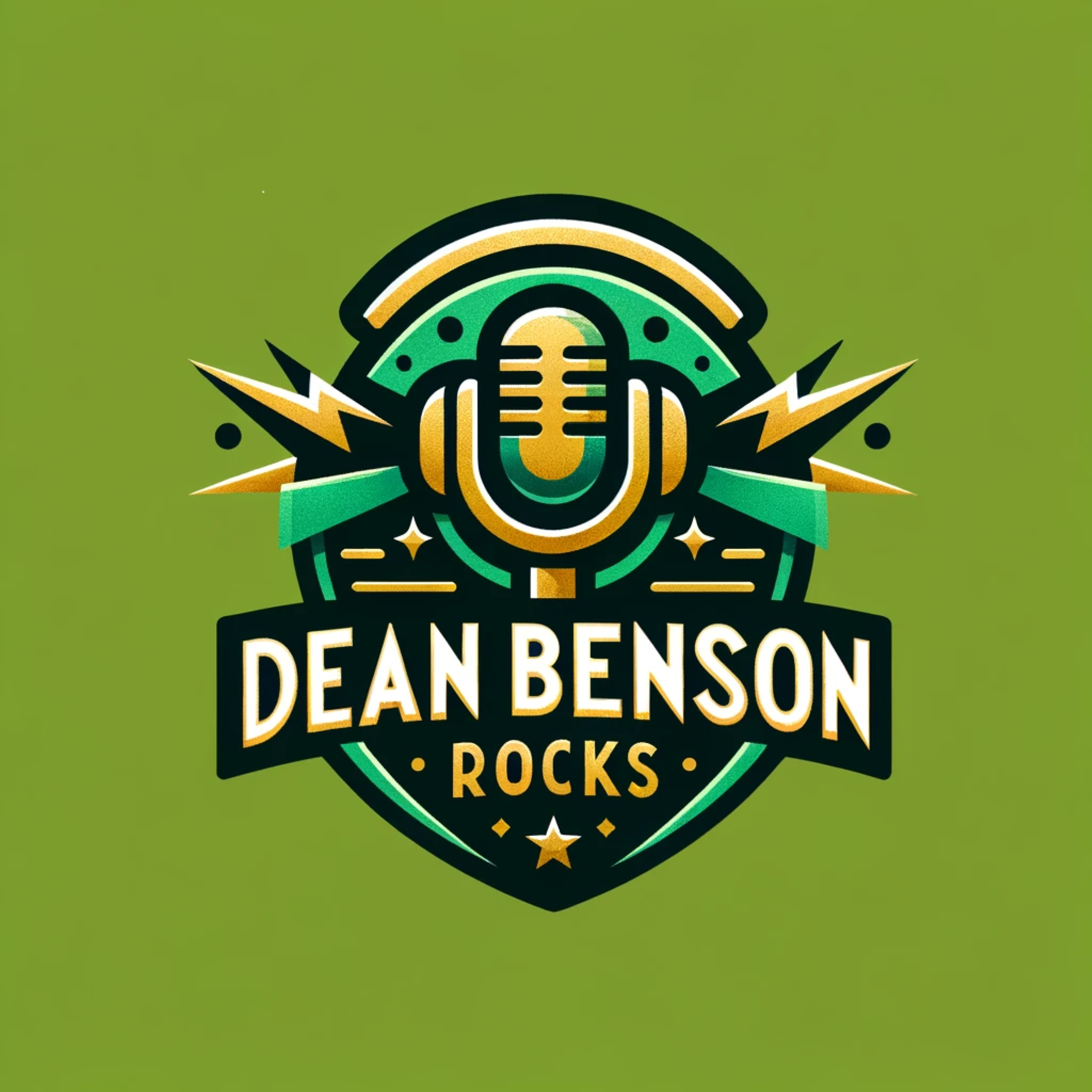The Evolution of Bowling: Losing People to Changing Times and Entertainment Preferences.

Bowling, once a beloved pastime that experienced immense popularity in the 1960s and 1970s, has undergone significant transformations over the years. The business of bowling has had to adapt to changing leisure trends, demographic shifts, and increased competition from alternative entertainment options. This article explores the factors that have contributed to the decline of traditional bowling, highlights the rise of entertainment-focused experiences like Rock & Bowl, and examines the decreasing participation in bowling leagues.
- Changing Past-Time Trends and Demographic Changes: The 1960s and 1970s marked the heyday of bowling, with bustling bowling alleys and leagues attracting numerous participants. However, as leisure trends evolved, people began seeking alternative forms of entertainment. The advent of video games, streaming services, and online activities provided individuals with a wider range of options. Moreover, the aging of the baby boomer generation, which constituted a significant portion of the bowling community, led to a decline in interest among younger generations. The Boomers, if you will seemed to like to be around people and socialize, while the later generations do not, and Covid-19 really did a lot to promote staying away form crowds.
- Urbanization and Space Constraints: The increasing land prices presented challenges for traditional bowling establishments. Many bowling centers struggled to adapt to limited available space and the rising costs associated with maintaining large facilities. As a result, many of the older bowling alleys were unable to sustain their operations and had to close down.
- Competition and Market Saturation: The growth of various entertainment options intensified competition for people's time and money. Bowling faced competition from cinemas, arcades, theme parks, and a multitude of other recreational activities. This saturation in the entertainment market made it increasingly difficult for bowling businesses to attract and retain customers.
- Entertainment-focused Bowling Experiences: Rock & Bowl: In response to changing consumer preferences, bowling centers began incorporating entertainment-focused experiences to rejuvenate interest in the sport. One notable example is Rock & Bowl, where traditional bowling is combined with music, disco lights, and a lively atmosphere. These events, often held during evenings or weekends, aim to create a vibrant and party-like ambiance, appealing particularly to a younger demographic. By blending entertainment and socializing, Rock & Bowl has successfully attracted individuals who may not have considered bowling as their primary leisure activity.
- Decreasing League Participation: Bowling leagues, once a cornerstone of the bowling industry, have experienced a decline in participation. Factors such as changing work-life balance, shifting demographics, and the availability of alternative recreational options have contributed to this decrease. The traditional commitment and regular play required by leagues no longer align with the preferences and lifestyles of many individuals. Not to mention that suddenly in the 80’s and 90’s, bowling became the “beer-swilling redneck sport” somehow. Consequently, the revenue and business models of bowling centers have been impacted by the waning interest in league play.
The business of bowling has transformed significantly since its heyday in the 1960s and 1970s. While the sport may not be as popular as it once was, bowling centers have evolved to meet the demands of changing times. By incorporating entertainment-focused experiences like Rock & Bowl and diversifying their offerings, bowling centers strive to attract a wider demographic and provide a comprehensive entertainment experience beyond traditional bowling. While challenges remain, the resilient spirit of the bowling industry continues to find new ways to engage enthusiasts and captivate the hearts of both old and new participants.
